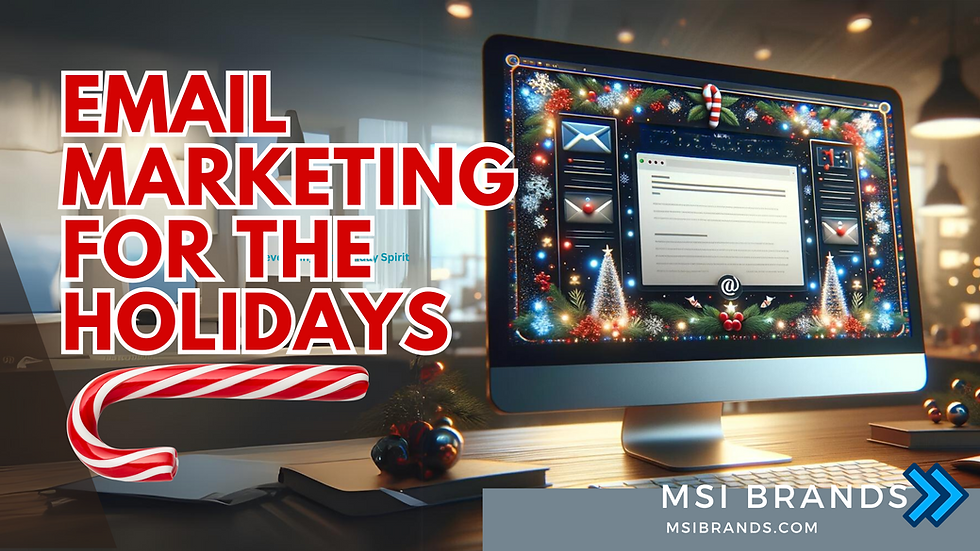Target Practice: Hitting the Bullseye with Your Audience
- Micheal Shaw

- May 4, 2023
- 2 min read

Welcome back to another informative blog post from MSI Branding! Today, we're tackling a topic that is critical to the success of any business: identifying your target audience. We know this can be a daunting task, but don't worry, we're here to help you through it with a bit of humor and cultural relevance for diversity.
So why is identifying your target audience so important? Well, simply put, if you don't know who you're selling to, you're just throwing spaghetti at the wall and hoping something sticks. By understanding who your audience is, you can tailor your marketing efforts to appeal to them directly, which can lead to more sales and greater profitability.
But it's not just about knowing who your audience is, it's also about defining your niche. You can't be all things to all people, and trying to do so will just dilute your message and confuse potential customers. Instead, focus on what makes your product or service unique and target those who will appreciate it the most.
Now, let's get into some best practices and tips for identifying your target audience and defining your niche.
Start with market research: Take a deep dive into the demographics, behaviors, and preferences of your potential customers. Use tools like surveys, questionnaires, and focus groups to gather information.
Create a buyer persona: Develop a detailed profile of your ideal customer, including age, gender, income level, education, occupation, and interests.
Use social media: Social media platforms like Facebook and Instagram are great for targeting specific demographics and interests.
Analyze your competitors: Look at what your competitors are doing and see where there are gaps in the market that you can fill.
Monitor your metrics: Keep track of website traffic, social media engagement, and sales to see who is engaging with your brand and what channels are most effective.
By following these tips, you'll be able to impact your profitability and revenue in significant ways. But missing this opportunity can be a huge challenge for small businesses. You might end up wasting time and money on marketing strategies that don't resonate with your target audience, which can hurt your bottom line.
To illustrate the importance of identifying your target audience and defining your niche, let's look at a success story. Take Glossier, for example. They started as a beauty blog, but quickly realized that there was a huge gap in the market for beauty products that were easy to use and natural-looking. By targeting a younger demographic of women who were interested in a more natural beauty look, they were able to grow into a multi-million dollar business in just a few short years.
So, what's the bottom line? Identifying your target audience and defining your niche is critical to the success of your business. By following the best practices and tips outlined above, you'll be well on your way to reaching the right people and driving more revenue. And if you need help with this process, don't hesitate to reach out to MSI Branding for expert guidance and support.
To learn more about how we can help you identify your target audience and define your niche, visit our website at www.michealshaw.com and schedule a consultation today!




Comments